Nitty Gritty roses are a popular choice among gardeners due to their vibrant colors and long blooming season. However, caring for these roses can be a bit tricky, especially for beginners. In this article, we will discuss the essential tips and tricks for Nitty Gritty rose care to ensure that your roses thrive.

Firstly, it is crucial to choose the right location for your Nitty Gritty roses. These roses require full sun exposure and well-drained soil to grow properly. Make sure to select a spot that receives at least six hours of direct sunlight per day and has good drainage to prevent waterlogging.
Secondly, watering is a crucial aspect of Nitty Gritty rose care. These roses require regular watering, especially during the hot summer months. However, overwatering can lead to root rot, so it is essential to find a balance. A good rule of thumb is to water deeply once a week, ensuring that the soil is moist but not waterlogged. With these tips in mind, you can ensure that your Nitty Gritty roses will thrive and provide a beautiful addition to your garden.
Selecting the Right Rose Varieties
When it comes to Nitty Gritty Roses care, selecting the right rose varieties is crucial for a successful and thriving garden. Here are some key factors to consider when choosing the right rose variety.
Understanding Climate and Soil Preferences
Different rose varieties have different climate and soil preferences. It is important to choose a rose variety that is suitable for the climate and soil conditions in your area. For instance, some rose varieties thrive in warm and dry climates, while others prefer cooler and wetter conditions. Similarly, some rose varieties prefer well-draining soils, while others thrive in heavy clay soils.
It is also important to consider the amount of sunlight your garden receives. Some rose varieties require full sun exposure, while others can tolerate partial shade. By understanding the climate and soil preferences of different rose varieties, you can choose the right variety that will thrive in your garden.
Disease Resistance and Growth Habits
Another important factor to consider when selecting the right rose varieties is disease resistance and growth habits. Some rose varieties are more resistant to diseases, such as black spots and powdery mildew than others. Choosing disease-resistant varieties can help reduce the need for chemical treatments and ensure a healthy garden.
In addition, different rose varieties have different growth habits. Some rose varieties are climbers, while others are bushy or compact. It is important to choose a rose variety that will fit well in your garden and complement your existing landscaping.
Overall, selecting the right rose varieties is crucial for a successful and thriving garden. By understanding the climate and soil preferences as well as disease resistance and growth habits of different rose varieties, you can choose the right variety that will thrive in your garden.
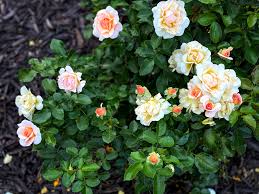
Planting and Initial Care
Choosing the Location
When choosing a location to plant Nitty Gritty Roses, it is important to consider the amount of sunlight the plant will receive. Nitty Gritty Roses prefer full sun, which means they need at least six hours of direct sunlight per day. It is also important to consider the soil drainage and air circulation in the area. Good air circulation helps prevent fungal diseases, while well-draining soil helps prevent root rot.
Soil Preparation and Planting Techniques
Before planting Nitty Gritty Roses, it is important to prepare the soil properly. Start by removing any weeds or debris from the planting area. Then, loosen the soil to a depth of at least 12 inches and mix in plenty of organic matter, such as compost or aged manure.
When planting Nitty Gritty Roses, dig a hole that is twice as wide and deep as the root ball. Gently remove the plant from its container and loosen any tangled roots. Place the plant in the hole and backfill with soil, making sure the plant is at the same level as it was in the container. Water the plant thoroughly and add a layer of mulch around the base to help retain moisture and prevent weeds.
It is important to water Nitty Gritty Roses regularly, especially during the first few weeks after planting. Water deeply, making sure the soil is moist but not waterlogged. Fertilize the plant with a balanced fertilizer every four to six weeks during the growing season to promote healthy growth and blooming.
By following these planting and initial care techniques, Nitty Gritty Roses can thrive and produce beautiful blooms for years to come.
Ongoing Maintenance
Watering and Mulching
Proper watering is crucial for the health of Nitty Gritty Roses. It is recommended to water deeply and infrequently, rather than shallowly and frequently. This allows the water to penetrate deep into the soil and encourages the roots to grow deeper. During the growing season, it is important to keep the soil moist but not waterlogged. In hot and dry weather, the roses may need to be watered more frequently.
Mulching is also an important aspect of Nitty Gritty Roses care. It helps to retain moisture in the soil, suppress weeds, and regulate soil temperature. A layer of 2-3 inches of organic mulch, such as shredded leaves or bark, should be applied around the base of the plant. It is important to keep the mulch away from the stem to prevent rot.
Fertilization and Pruning
Fertilization is necessary to provide the necessary nutrients for the roses to grow and bloom. A balanced fertilizer with equal parts nitrogen, phosphorus, and potassium should be applied in early spring, after the last frost, and again in late spring or early summer. It is important to follow the manufacturer’s instructions for application rates.
Pruning is another important aspect of Nitty Gritty Roses care. It helps to promote healthy growth and flowering. Pruning should be done in late winter or early spring, before new growth begins. Dead, diseased, or damaged wood should be removed, as well as any crossing or rubbing branches. The remaining canes should be pruned back to about one-third of their height.
In summary, proper watering, mulching, fertilization, and pruning are essential for the ongoing maintenance of Nitty Gritty Roses. By following these guidelines, gardeners can ensure healthy growth and beautiful blooms.

Pest and Disease Management
Common Pests
Nitty Gritty Roses are often susceptible to various pests that can damage the plant and stunt its growth. However, with proper care and management, most pests can be easily controlled. Here are some common pests that can affect Nitty Gritty Roses:
- Aphids: These tiny insects feed on the sap of the plant and can cause stunted growth and deformed leaves. They can be controlled by spraying the plant with a strong jet of water or by using insecticidal soap.
- Spider mites: These pests are difficult to detect as they are very small and can cause yellowing and curling of leaves. They can be controlled by spraying the plant with a strong jet of water or by using miticides.
- Thrips: These insects feed on the flowers and buds of the plant and can cause discoloration and distortion of the petals. They can be controlled by using insecticidal soap or by releasing beneficial insects like ladybugs.
Disease Prevention and Treatment
Nitty Gritty Roses are also susceptible to various diseases that can affect their growth and overall health. Proper care and management can help prevent and control most diseases. Here are some common diseases that can affect Nitty Gritty Roses:
- Black spot: This fungal disease causes black spots on the leaves and can cause defoliation. It can be controlled by removing infected leaves and using fungicides.
- Powdery mildew: This fungal disease causes a white powdery coating on the leaves and can cause stunted growth. It can be controlled by removing infected leaves and using fungicides.
- Rust: This fungal disease causes orange pustules on the leaves and can cause defoliation. It can be controlled by removing infected leaves and using fungicides.
To prevent diseases, it is important to maintain good hygiene by removing fallen leaves and debris from around the plant. It is also important to water the plant at the base and avoid getting water on the leaves. Using disease-resistant varieties of Nitty Gritty Roses can also help prevent diseases.
Winter Care and Preparation
Winterizing Techniques
Nitty Gritty Roses require proper winter care to ensure their health and longevity. One of the most important winterizing techniques is to prune the roses in the fall. This will help prevent any damage caused by strong winds and heavy snow. It is also important to remove any dead or diseased wood from the plant to prevent the spread of disease.
Another important winterizing technique is to mulch around the base of the plant. This will help protect the roots from extreme cold and frost. The mulch should be applied to a depth of 2-3 inches and should be made up of organic materials such as leaves, straw, or wood chips.
Protection from Cold and Frost
Nitty Gritty Roses are susceptible to damage from cold and frost. To protect the plant from these elements, it is important to cover the plant with burlap or a frost cloth. This will help trap heat and prevent the plant from freezing.
In addition to covering the plant, it is important to water the plant thoroughly before the first frost. This will help the plant retain moisture and prevent damage from freezing.
Overall, proper winter care and preparation is essential for the health and longevity of Nitty Gritty Roses. By following these winterizing techniques and protecting the plant from cold and frost, gardeners can ensure that their roses will thrive for years to come.
Frequently Asked Questions
How should I protect my ground-cover roses during winter?
Ground cover roses, including Nitty Gritty varieties, are hardy and can withstand cold temperatures. However, it is still recommended to protect them during harsh winters. One way to do this is by covering the base of the plant with a layer of mulch or compost. This will help insulate the roots and prevent them from freezing. You can also cover the plant with burlap or another breathable fabric to protect it from harsh winds.
What are the growth expectations for Nitty Gritty rose varieties?
Nitty Gritty roses are known for their low-growing, spreading habit and can reach a height of 1-2 feet and a spread of 2-3 feet. They are relatively slow-growing, with a growth rate of 6-12 inches per year. With proper care, they can live for many years and provide beautiful ground cover.
Is deadheading necessary for maintaining the health of ground-cover roses?
Deadheading, or removing spent blooms, is not necessary for maintaining the health of ground cover roses. However, it can help promote more blooms and a neater appearance. If you choose to deadhead, be sure to cut the stem just above a leaf with five leaflets to encourage new growth.
What steps can revive a struggling rose bush?
If your Nitty Gritty rose bush is struggling, there are a few steps you can take to help revive it. First, make sure it is getting enough water and sunlight. If it is not, adjust its location or watering schedule accordingly. You can also try pruning the plant to remove any dead or diseased wood and promote new growth. Additionally, fertilizing the plant with a balanced fertilizer can help provide the nutrients it needs to thrive.
Where is the ideal location to plant carpet roses for optimal growth?
Nitty Gritty roses prefer full sun and well-draining soil. They can tolerate a range of soil types but prefer slightly acidic soil with a pH of 6.0-6.5. When planting, make sure to space the plants at least 2-3 feet apart to allow for proper air circulation.
What are differences should be considered for Nitty Gritty rose trees compared to shrub varieties?
Nitty Gritty rose trees have a similar care regimen to shrub varieties. However, they may require more pruning to maintain their tree-like shape. When pruning, be sure to remove any suckers that may grow from the base of the plant. Additionally, make sure to stake the plant to provide support and prevent it from toppling over in high winds.
Conclusion
Nitty Gritty roses offer vibrant colors and a long blooming season, making them a popular choice for gardeners. With proper care, these roses can thrive and provide a breathtaking addition to your landscape. By following the tips and tricks outlined in this guide, you can ensure your Nitty Gritty roses flourish and reward you with their stunning beauty for years to come. Remember, the key lies in selecting the right varieties, planting them in a suitable location, providing consistent watering and fertilization, and implementing proper pest and disease management strategies. Don’t hesitate to consult the FAQ section for answers to any lingering questions. Happy gardening!

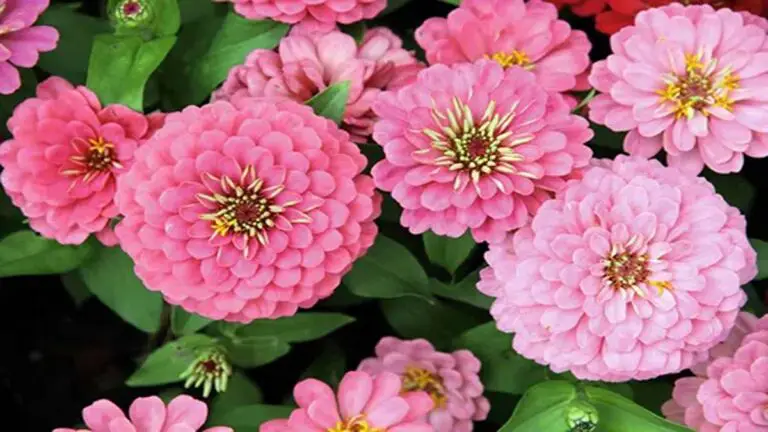
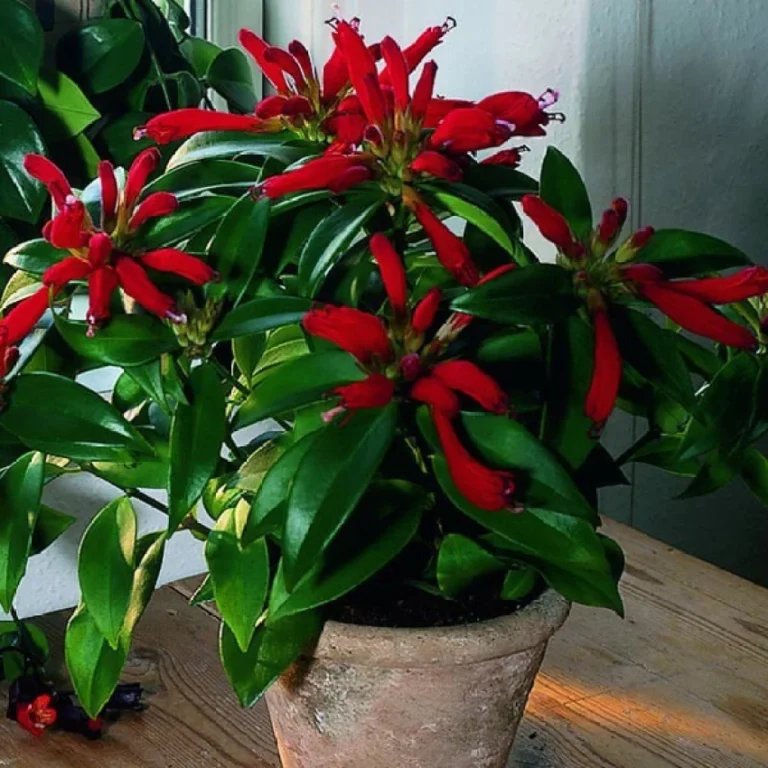

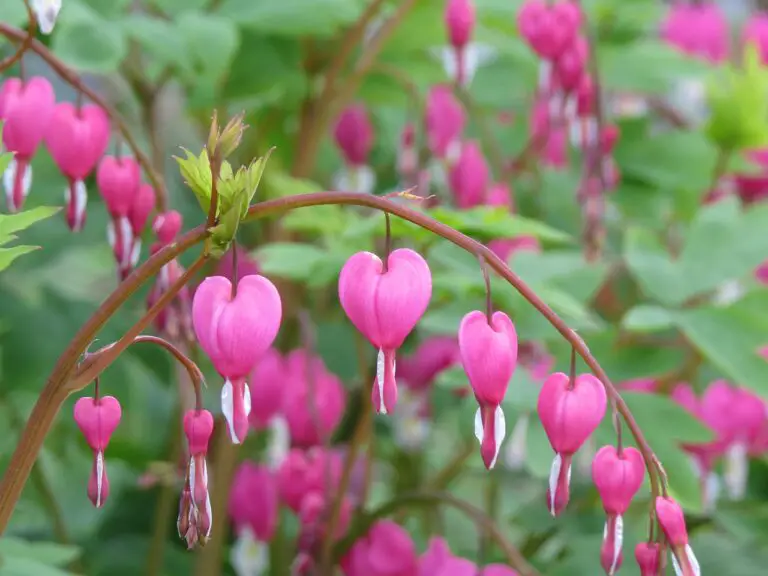
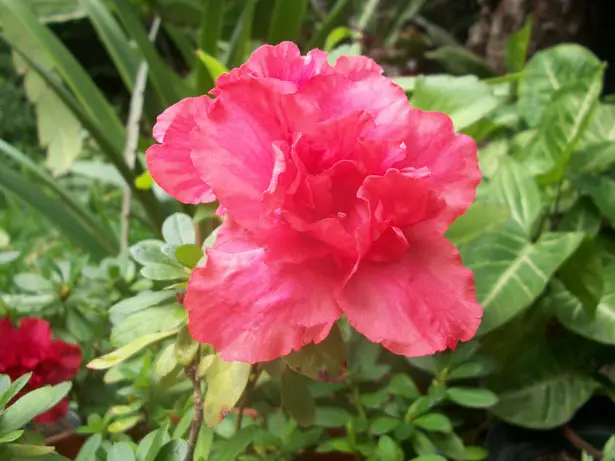
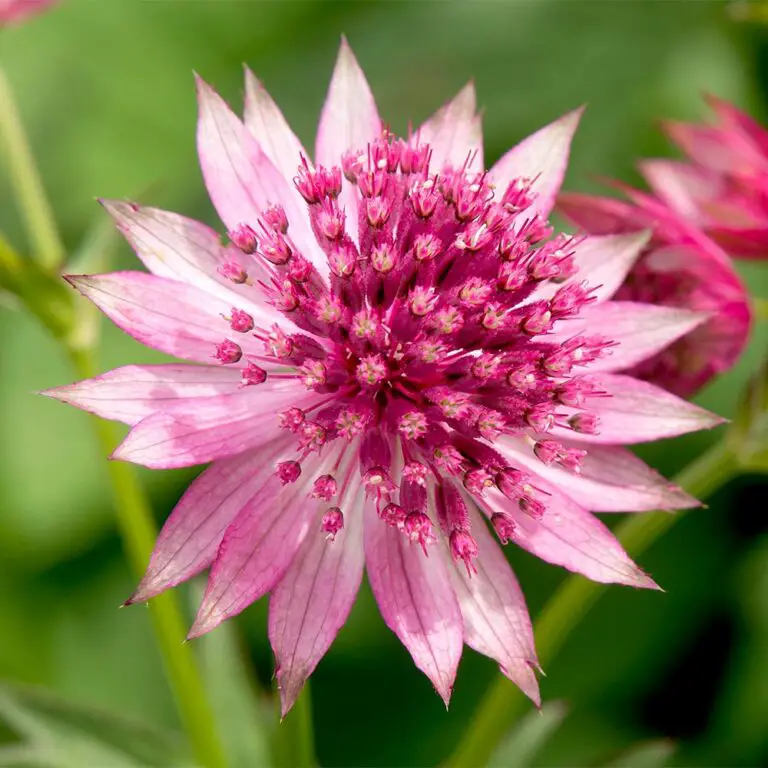

Very interesting subject, thanks for putting up.Money from
blog